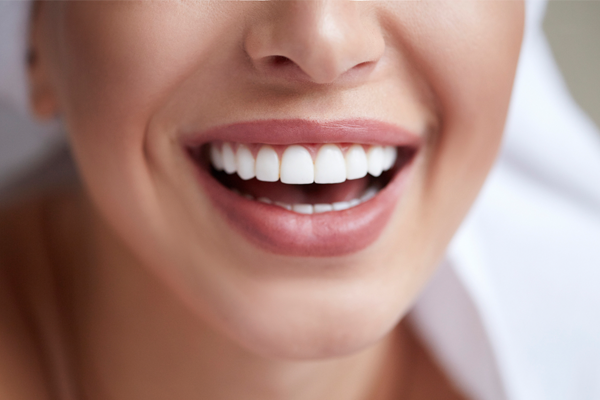+91-079-26421798
,+91 9825598120
For Appointment

Veneers are a prosthetic device, by prescription only, used by the cosmetic dentist.
A dentist may use one veneer to restore a single tooth or veneer with high quality that may have been fractured or discolored, or in most cases multiple teeth on the upper arch to create a big bright "Hollywood" type of smile makeover.
Many people have small teeth resulting in spaces that may not be easily closed by orthodontics.
Some people have worn away the edges of their teeth resulting in a prematurely aged appearance, while others may have malpositioned teeth/teeth that appear crooked.
Multiple veneers can close these spaces, lengthen teeth that have been shortened by wear, fill the black triangles between teeth caused by gum recession, provide a uniform color, shape, and symmetry, and make the teeth appear straight.
Veneers can improve the aesthetics of a smile and protect the tooth's surface from damage.
There are two main types of material used to fabricate a veneer: composite and dental porcelain.
A composite veneer may be directly placed (built-up in the mouth), or indirectly fabricated by a dental technician in a dental lab, and later bonded to the tooth, typically using resin cement.
Dentists also recommend using thin porcelain veneers to strengthen worn teeth. It is also applied to yellow teeth that won't whiten. Thin veneers are an effective option for aging patients with worn dentition. In many cases, minimal to no tooth preparation is needed when using porcelain veneers.
When preparing, in between prep and fit appointments of the veneer, you can make temporaries, usually out of composite. These are not normally indicated but can be used if the patient is complaining of sensitivity or aesthetics. According to a leading Cosmetic Dentist, temporaries are really important to design and finalize the aesthetics of the final veneers. Temporaries help patients and the dentist decide on the right color, length, and shape of the veneers.